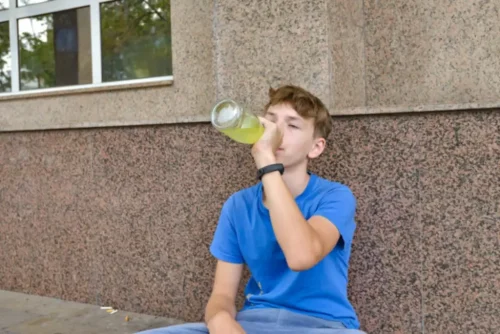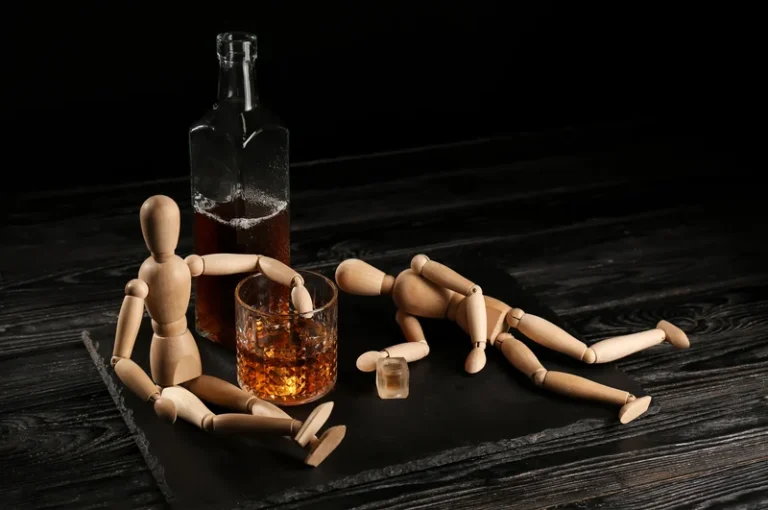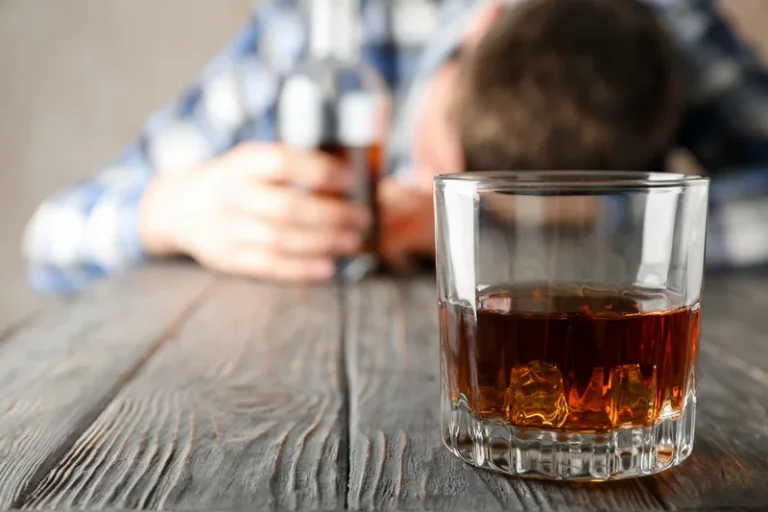Teenagers in Louisiana are 23.76% less likely to have used drugs in the last month than the average American teen. Teenagers in Kentucky are 15.60% less likely to have used drugs in the last month than the average American teen. Teenagers in Kansas are 19.51% less likely to have used drugs in the last month than the average American teen. Teenagers in Iowa are 8.05% less likely to have used drugs in the last month than the average American teen. Teenagers in Indiana are 2.11% more likely to have used drugs in the last month than the average American teen. Teenagers in Illinois are 4.29% more likely to have used drugs in the last month than the average American teen.
What Happens When Drugs Are Combined?
The inclusion of assessment, intensive case management, motivational interventions, behavior interventions, family treatment, as well as services for housing, rehabilitation, and medication management improve such interventions. Learn about the different substances, signs and symptoms of addiction,… Education and honest communication go a long way in helping teenagers learn about the risks of drugs and alcohol. Many teens experimenting with illicit drugs and alcohol will turn out fine and live healthy lives.
Looking for Treatment?
The specific physical effects of substance use may vary among individuals and depend on the substance, dosage, delivery method, and length of use. If you have a severe addiction, you may need hospital-based or residential treatment. Residential treatment programs combine housing and treatment services. For addiction to certain drugs, there are also medicines that can help you re-establish normal brain function and decrease your cravings. Research shows that combining medicines with counseling gives most people the best chance of success.
- The American Academy of Pediatrics recommends offering buprenorphine to teens addicted to opioids.
- Teenagers in Tennessee are 18.64% less likely to have used drugs in the last month than the average American teen.
- Therefore, students with less engagement in school — a known risk factor for drug use – may have been less likely to participate in the survey.
- The cultivation of marijuana and the production of synthetic drugs like methamphetamine have a negative impact on soil and water supplies.
- For example, they may not have adults present or younger teens may be relying on peers for transportation.
How Effective Is Addiction Treatment for Teens?

With this article, you’ve already made a first step toward educating yourself about teen substance use disorder and how to help your teen recover. They may call you a hypocrite because they know you drink alcohol or have tried drugs before. You should be honest and explain teen drug abuse that your use hasn’t harmed your life — or that it has, if that’s the case. Research has shown that the best treatment for teens is one that involves therapy with the entire family, as well as cognitive behavioral therapy (CBT) or a combination of therapeutic methods.
This year, 13% of students who took the survey identified as Black or African American, 1% as American Indian or Alaska Native, 3% as Asian, 25% as Hispanic, 1% as Middle Eastern, 41% as white, and 16% as more than one of the preceding categories. The survey also asks respondents to identify as male, female, other, or prefer not to answer. For the 2023 survey, 48% of students identified as male, 47% identified as female, 1% identified as other, and 4% selected the “prefer not to answer” option. New data show relatively low use of illicit substances, yet overdose death rates among teens have risen in recent years. Alcohol and marijuana are the substances most commonly used among youth; note that data regarding less popular drugs may be limited.
- Medina stresses that any exchange that Sam asks to be kept confidential is not shared.
- Support for teens with drug addiction includes treating withdrawal or underlying mental health conditions, and addressing emotional needs, usually with a qualified mental health professional such as a psychiatrist or psychologist.
- The results were gathered from a nationally representative sample, and the data were statistically weighted to provide national numbers.
- The research team examined the relationship between substance use disorder symptom severity at age 18 and prescription drug use, prescription drug misuse, and substance use disorder symptoms up to age 50 in these individuals.

It causes a person to take drugs repeatedly, despite the harm they cause. The activity has been proven to be extremely dangerous in many situations, with drunk driving accidents killing thousands of teens each year. Dr. Nora Volkow has devoted her career to studying use of drugs and alcohol. She has been the director of the National Institute on Drug Abuse since 2003. She sat down with The New York Times to discuss changing patterns and the reasons behind shifting drug-use trends. Youth drug abuse trends may provide clues about the future public health as well as the efficacy of educational initiatives.

